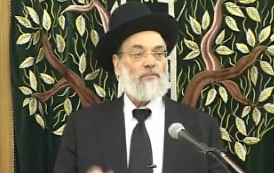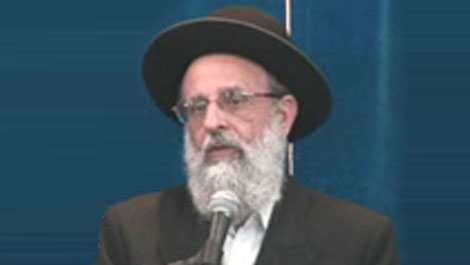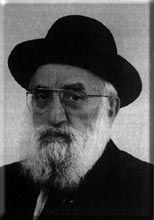Beit Midrash
- Jewish Laws and Thoughts
- Serving Hashem, Mitzvot and Repentance
When it came to the works of the great scholars of medieval times - the Rishonim - every written word of theirs was examined by the later generations of scholars - the Achronim - and commented upon. Every possible nuance of the word in all of its forms was explored and examined. And the constant question that always arose was why was this particular word chosen to be used and/or why was another word seemingly synonymous to it discarded and left unused. As true as this is regarding the works of many of the great Rishonim - Rashba (Rabbi Shlomo ben Aderet), Ritva (Rabbi Yom Tov ibn Ashbili) Ramban (Rabbi Moshe ben Nachman), etc. - it is even more true regarding the works of Rambam (Rabbi Moshe ben Maimon.) His great halachic code Mishne Torah has withstood the centuries of intense scrutiny by generations of scholars over many centuries. From the words of the son of Rambam, Rabbi Avraham ben Harambam, it appears that Rambam himself was his own editor and that he reviewed all of his writings numerous times before they were sent to his copyists for public distribution. Many times authors revised their original drafts in light of comments made by copyists of their works. Thus there were often different versions of the same work in circulation and there then arose discussion and possible confusion as to which version the author intended to be the "correct" one.
Rashi’s great commentary to the Talmud appeared in three edited versions. Rashi himself appeared to be the editor or at least supervised the editing of them. Rashi’s editing of the third edition was never completed by him and thus other commentaries authored by Rashbam (Rabbi Shmuel ben Meir, Rashi’s grandson), Ran (Rabbi Nosson ben Reuven of Spain) and others were substituted in our printed form of the Talmud for those portions of the book where Rashi’s final edition was unavailable. The process of editing and correcting the text of the Talmud and its attendant commentaries continued throughout the centuries. After the publication of the monumental Rom (Vilna) edition of the Talmud at the end of the nineteenth century, the editors of that enormous work discovered twelve thousand errors that had snuck into the printed volumes. The list of errors was painstakingly assembled and in the new edition of the Talmud scheduled to be printed iIn 1915 these errors were to be corrected. However in the German bombardment of Vilna in World War 1 the Rom printing plant was destroyed and those twelve thousand errors have yet to be completely edited out of the pages of the Vilna Talmud. This only points out the previously stated proposition that all books require good and thorough editing. Just as the written word requires editing before publication so too does the spoken word. I once had a sign on my desk that said: "Do not engage mouth unless brain is in gear." Truer words were never spoken.
Fulfilling G-d's – and Man's – Decrees
Rabbi Netanel Yossifun | 11 Cheshvan 5784
The Head And The Heart in Jewish Life
Rabbi Berel Wein zt"l | 28 Shvat 5768



























